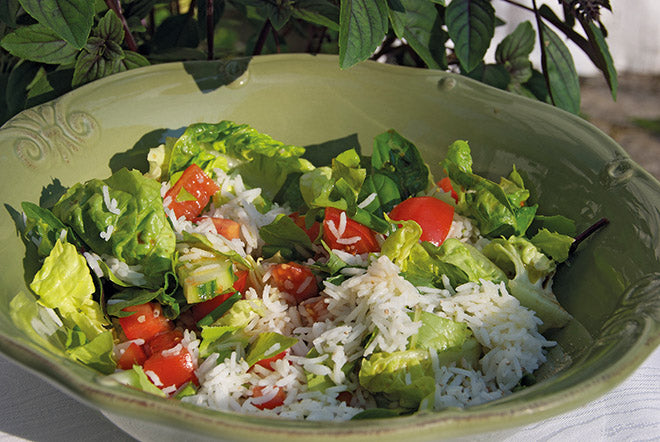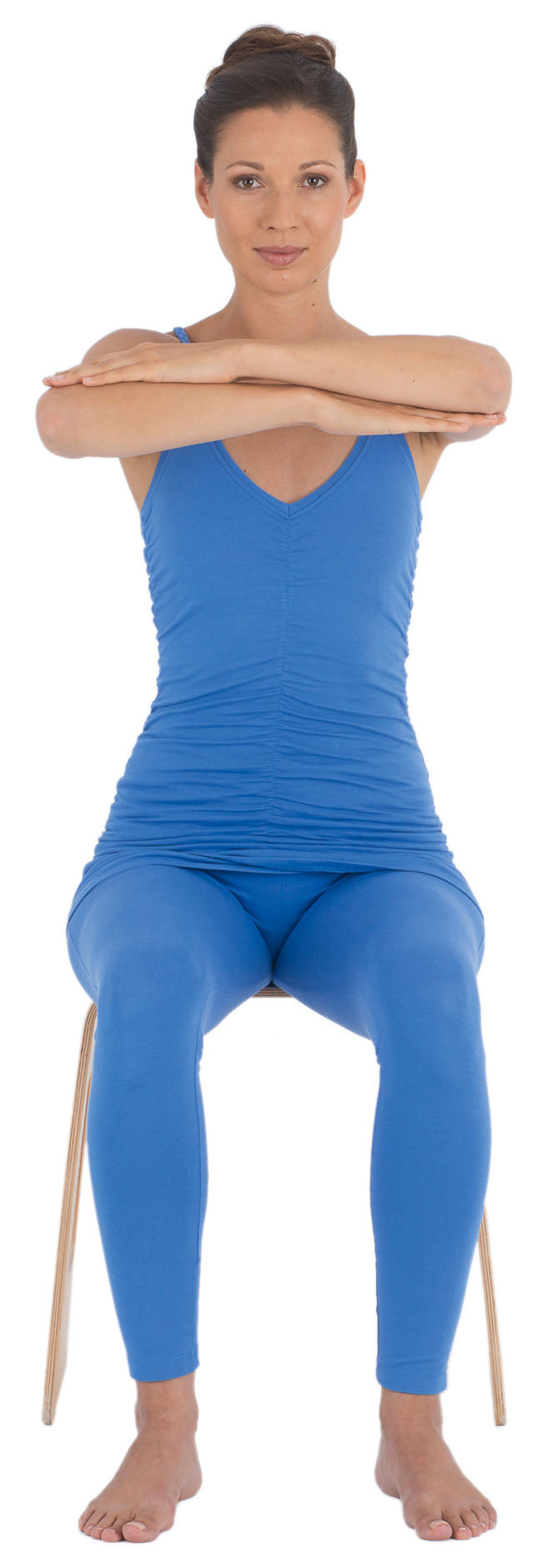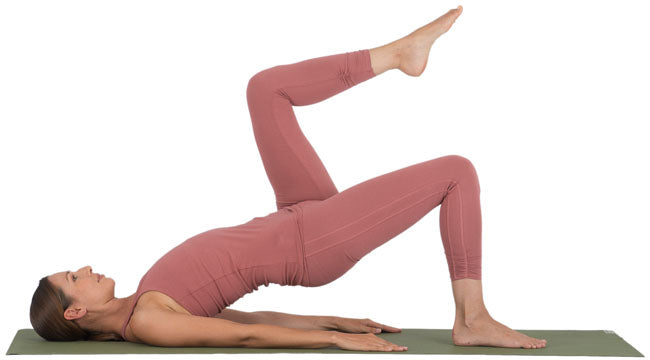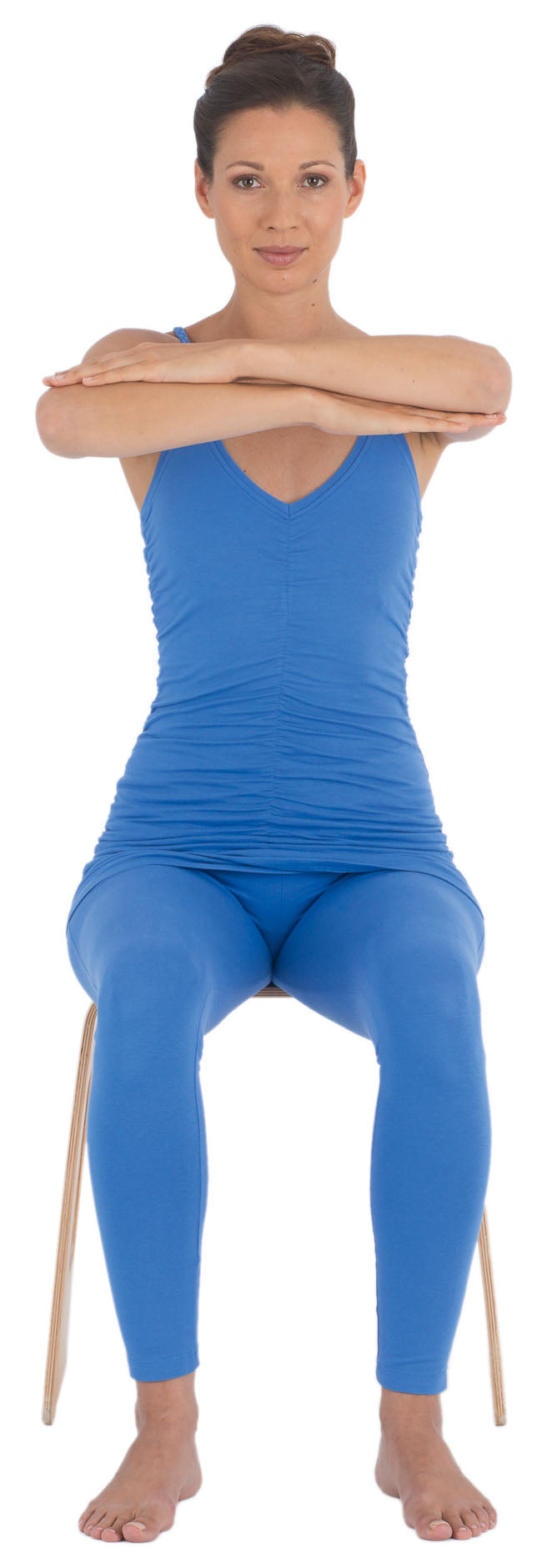
Salad - colorful and healthy
Salad - colorful and healthy
65 recipes for all seasons make you want to try “superfood salad”
The diverse mix of fresh ingredients, sophisticated dressings and toppings make the former "green stuff" the most popular dish in modern cuisine. Whether as a light starter or a full meal - the feeling of eating well and healthily is confirmed by the new book by Dr. Barbara Rias-Bucher .
Salad is variety
The current trend towards healthy eating is also increasing interest in sophisticated salad recipes. Gone are the days when it was a carelessly prepared filling side dish or bland slimming food. While the word "Insalata" still refers to its original origins of salted, long-lasting ingredients, American and Mediterranean influences have given salad a real makeover. According to nutrition expert and cookbook author Dr. Barbara Rias-Bucher, salad is the purest "superfood": "Eating healthily means getting as many bioactive substances as possible in one meal. And these substances for an intact immune system are mainly found in plants."
With 65 salad recipes for all seasons and valuable information on ingredients and their effects, her new book follows light, modern cuisine. There are also tips for growing your own salads, preparing them and the many different ways to combine colorful ingredients. "Salad is variety, and variety on the plate is the best guarantee of well-being."
Enjoy bio-active
"Mother Nature has packed everything that is plant-based with the best substances for body, mind and soul," says the renowned self-help author and self-professed self-sufficient person. Fresh lettuce leaves and herbs supply the body with secondary plant substances for a stable immune system, and do so far more effectively than many pills and nutritional supplements touted by the health industry.
The actual "green" alone, the natural pigment chlorophyll, increases the number of red blood cells and supplies the blood with oxygen. If you eat salad every day and avoid fat, you keep your blood pressure at a healthy level. In addition, you don't have to worry about risks or side effects when eating salad, vegetables, herbs and fruit. Colorful ingredients provide vitamins and minerals. Every oil in salad is a source of vitamin E, and olive oil in particular contains oleic acid for healthy blood vessels, a strong heart and a balanced cholesterol level. Vinegar or citrus juice stimulate digestion, yogurt in the dressing provides calcium for healthy bones, and nuts as a topping provide a quantity of valuable fatty acids.
Eating seasonally and regionally
To fully enjoy the "superfood salad", Dr. Barbara Rias-Bucher recommends buying salad and herbs, vegetables and fruit from organic retailers as often as possible. Organically grown foods contain many more secondary plant substances than conventionally grown foods: plants produce these substances to protect themselves against predators and harmful environmental influences such as infections or UV light. If they are protected against pests using pesticides, for example, they also produce fewer protective substances. In addition, the fresher the food, the better the bioactive substances in vegetables, fruit and herbs can be utilized - another argument for cooking and eating according to the season and from the region.
Whether it's your own garden or urban gardening - growing your own salad plants, herbs and vegetables has become a matter of course for many people. And growing your own produce on the terrace and balcony is almost a no-brainer: pots with fresh herbs and a few types of vegetables, lettuce in a balcony box or greens on the windowsill require hardly any work. Healthy eating can be a lot of fun.
Book tip:
Dr. Barbara Rias-Bucher: Superfood Salad. 65 recipes for all seasons. With alkaline salad recipes for deacidification; Mankau Verlag, 1st edition March 2016, paperback, full color, 143 pages, 14.95 euros (D) / 15.40 euros (A). ISBN 978-3-86374-293-5
Link recommendations:
- More information about the "Superfood Salad" guide
- To the reading sample in PDF format
- More about the author Dr. Barbara Rias-Bucher
- To the Internet forum with Dr. Barbara Rias-Bucher











